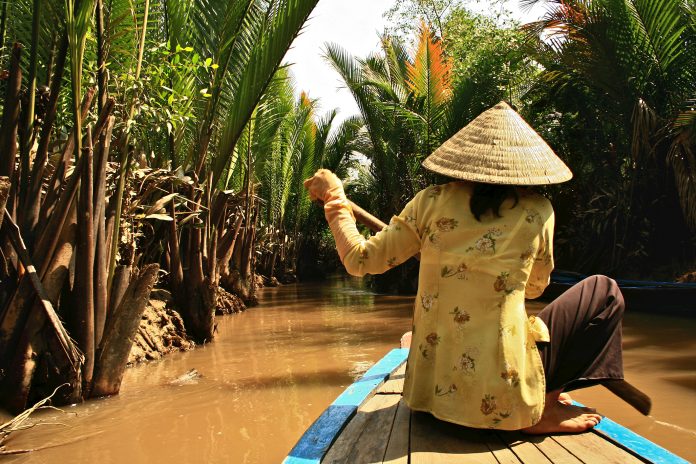Data finds that over one quarter of global rivers have significant pharmaceutical pollution – including toxic levels of antibiotics
Pharmaceutical pollution – when drugs reach open water sources – has been an increasing concern over the last two decades. Rivers across the world are now found to contain toxic levels of pharmaceutical drugs, even in remote villages which do not use those medicines.
The scale of the issue has always been difficult to track, with most former attempts covering regions such as Western Europe and the USA. When it comes to regions which are in crisis, like Palestine or Baghdad, the data is non-existent – meaning that the pharmaceutical threat to local communities flies below the radar.
The nuanced impact on humans is yet to be fully understood by scientists.
However, data reveals that every continent is now pharmaceutically polluted.
Co-leader of the project Dr John Wilkinson, from the Department of Environment and Geography, said: “Through our project, our knowledge of the global distribution of pharmaceuticals in the aquatic environment has now been considerably enhanced. This one study presents data from more countries around the world than the entire scientific community was previously aware of: 36 new countries to be precise where only 75 had ever been studied before.”
The University of York, working with 86 institutions across the world, tracked levels of pharmaceutical pollution. This international coalition examined rivers from the Amazon to the Thames, in populated cities like Delhi and Guangzhou, while also working with unstable areas such as the Palestinian West Bank and Baghdad.
How is pharmaceutical pollution created?
The study revealed that the highest levels of pharmaceutical pollution happen due to rubbish being dumped alongside river banks, inadequate wastewater infrastructure and pharmaceutical manufacturing. Alongside these things, the dumping of septic tanks into rivers, contributed to significant levels of pollution.
There was a link between socioeconomic status and levels of pollution, with countries making a lower GDP more likely to have higher levels of pharmaceutical drugs circulating in bodies of water.
Which places have the most polluted rivers?
It seems that sub-saharan Africa, South America and parts of southern Asia registered the highest levels of pharmaceutical pollution in their rivers. Interestingly, these are the places that have been least researched in relation to this phenomenon in the past.
What drugs did the team find in global rivers?
- Propranolol (a beta-blocker for heart problems such as high blood pressure);
- Sulfamethoxazole (an antibiotic for bacterial infection);
- Ciprofloxacin (an antibiotic for bacterial infection);
- And Loratadine (an antihistamine for allergies).
While these drugs are commonly used to treat illnesses, the presence of any antibiotic in water means that bacteria can identify it and evolve to surpass it. Antibiotic resistance is a huge issue in the current moment, with the very real possibility that an overuse of antibiotics will enable bacteria to reach a form that can no longer be stopped with existing drugs.
Dr Wilkinson further said: “We’ve known for over two decades now that pharmaceuticals make their way into the aquatic environment where they may affect the biology of living organisms. But one of the largest problems we have faced in tackling this issue is that we have not been very representative when monitoring these contaminants, with almost all of the data focused on a select few areas in North America, Western Europe and China.”











